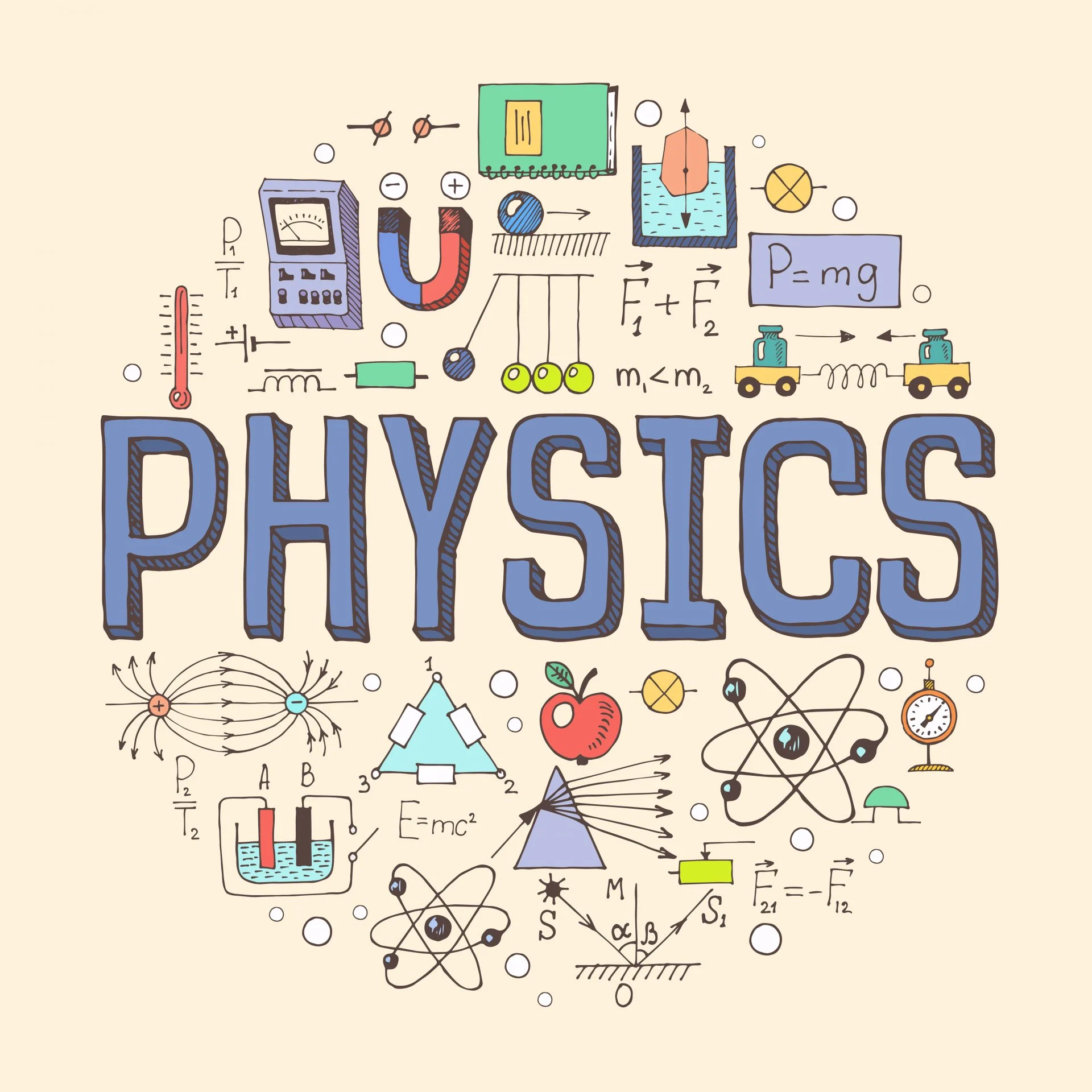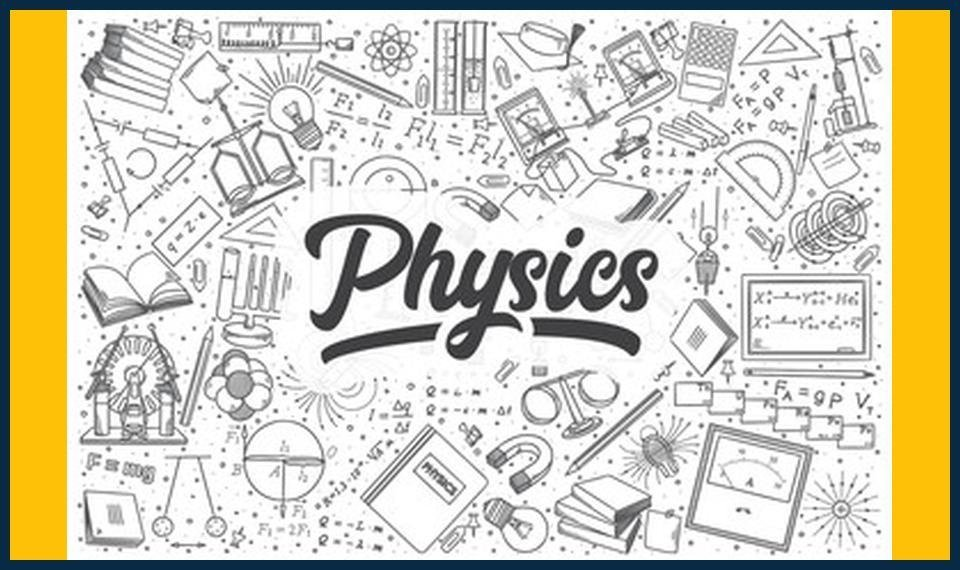![]()
💡 Electricity Demystified: Simplified Explanations for GCSE Students 🔌
Welcome, Future Electrical Engineers! 👋
Are you a GCSE student struggling to grasp the complexities of electricity? Fear not! Tutor GP is here to help you navigate this exciting topic. We’ve broken down the basics of electricity into simple, easy-to-understand concepts that will have you acing your GCSE Science exams.
What is Electricity? ⚡
Electricity is a form of energy that flows through conductors, like wires. It’s all around us, powering our homes, devices, and even the lights on your study table! 💡
Current, Voltage, and Resistance: The Power Trio 🤝
- Current (I): Think of current as the rate of flow of electric charges, much like the flow of water in a river. It’s measured in Amperes (A).
- Voltage (V): Voltage is the ‘push’ that drives current through a conductor. Picture a water pump – the higher the pump pushes, the faster the water flows. Voltage is measured in Volts (V).
- Resistance (R): Resistance is the opposition to the flow of current. Think of it as the friction in a car, slowing it down when it tries to move. Resistance is measured in Ohms (Ω).
Practical Tips 💡
- Understand Ohm’s Law: Ohm’s Law states that the current (I) through a conductor between two points is directly proportional to the voltage (V) across the two points, if the resistance (R) remains constant. This equation is I=V/R, and it can help you solve a variety of electricity problems.
- Practice with Real-Life Scenarios: Apply your knowledge to real-world examples, like calculating the power consumption of household appliances or understanding how circuits work.
Revision Strategies 📚
- Flashcards: Create flashcards for key concepts and formulas. Review them regularly to reinforce learning.
- Online Tutoring: Consider online tutoring from Tutor GP for personalised learning and expert guidance.
FAQs ❓
💡 **Q: How can I improve my understanding of electricity?**
A: Regular practice, understanding real-life examples, and seeking help from tutors can significantly improve your comprehension of electricity.
💡 **Q: What is the role of resistance in an electric circuit?**
A: Resistance opposes the flow of current in a circuit. A higher resistance results in a slower current flow, while a lower resistance allows for faster current flow.
💡 **Q: How can I calculate power consumption?**
A: Power (P) can be calculated using the formula P=IV. This means power is the product of current (I) and voltage (V).
💡 **Q: What is Ohm’s Law, and how can I use it?**
A: Ohm’s Law states that I=V/R. This equation can be used to determine current (I) if you know the voltage (V) and resistance (R), or vice versa.
💡 **Q: How can I prepare for my GCSE Science exams?**
A: Regular revision, practice with real-life examples, and seeking help from tutors can help you succeed in your GCSE Science exams. Online tutoring can provide personalised learning and expert guidance.




